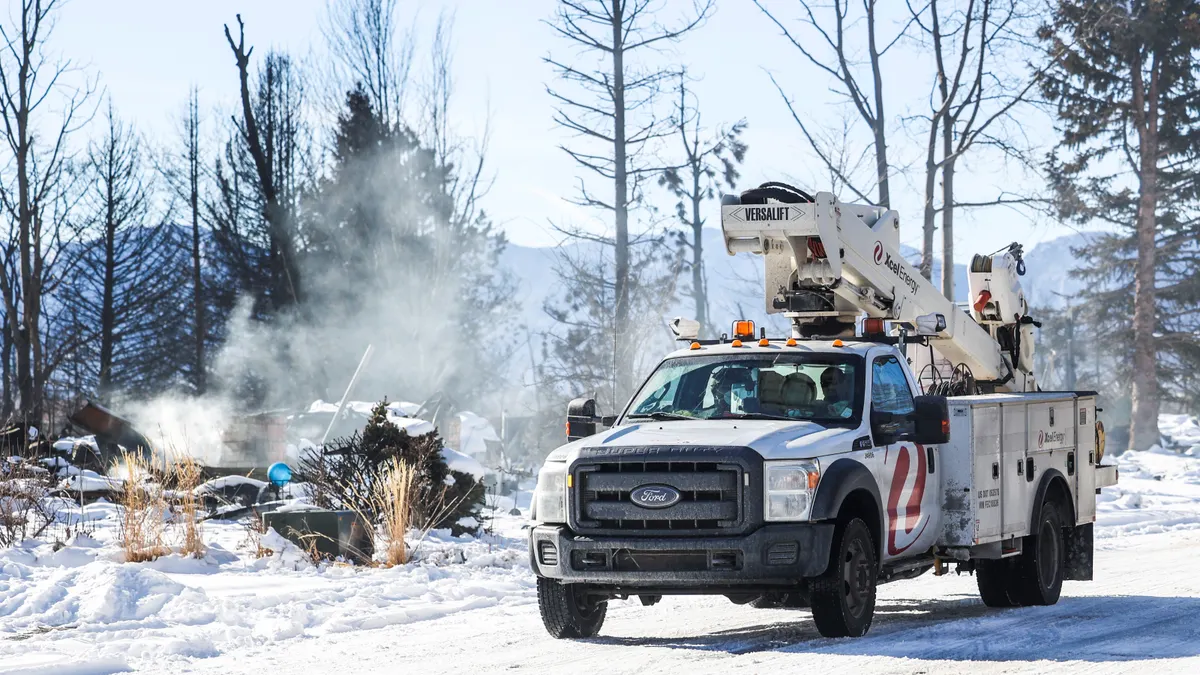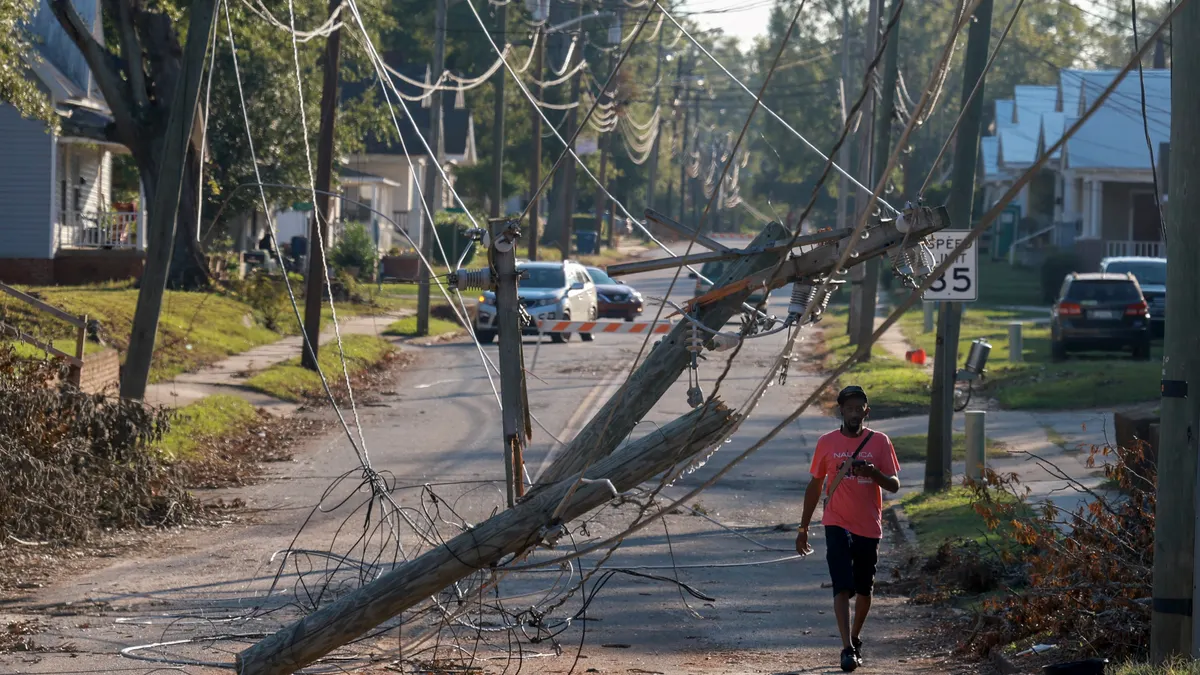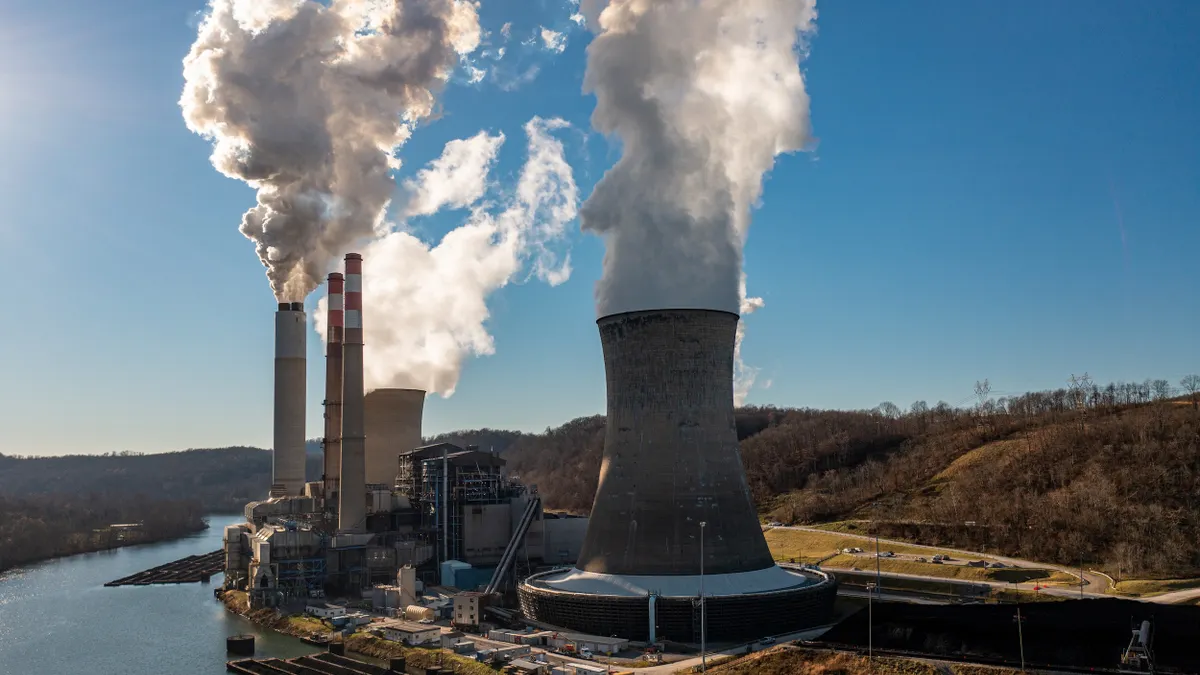Editor's Note: The following is a guest post from Cristian Grossmann, CEO and co-founder of essential workforce platform Beekeeper.
In the utilities sector, as in many others, the road toward digital transformation has been slow. Organizations spent plenty of time discussing technologies that could streamline operations, engage customers, and transform service delivery — but few utilities made meaningful progress. Then, the first cases of coronavirus (COVID-19) appeared.
Unprecedented times called for unprecedented measures, often in the form of technology. Utilities quickly embraced new digital solutions once the pandemic forced back-office employees to work from home and field workers to distance. And in 2020 alone, some utilities providers have made more progress toward digital transformation than they had for years prior.
As the pandemic continues to place new demands on the industry and the benefits of digital transformation in utilities become more apparent, numerous tech-driven solutions will come online. Utilities will look for ways to facilitate collaboration, improve accessibility and drive revenue during lean times. Much of the focus will be on back-office and customer-facing improvements, but it would be a grave mistake to exclude the frontline workforce from the transformation happening before our eyes.
How utility workers became overlooked
Utility companies understand better than anyone the crucial and difficult job that field workers play. However, these workers are often the lowest priority in terms of digital transformation, and many still rely on clipboards and checklists to carry out their work.
Inflexible legacy systems and IT architecture are blocking fresh technology from evolving in the field, as many utilities rely on IT infrastructure that was designed and deployed years (if not decades) ago. And while older IT is harder to use, difficult to integrate with new tools and less powerful in the face of massive data volumes, updating it requires a massive investment that could be difficult to justify.
Digital transformation in the utilities industry has lagged in no small part because of a generational technology clash. And clearly, older systems are out of step with the priorities (and possibilities) of the present and future. Utilities have a lot of ground to make up, and the progress they have made is largely confined to administrative tasks instead of the fundamental physical infrastructure and frontline workforces that keep the industry running.
Having a connected frontline workforce matters
Today’s utility field workers largely rely on analog processes or outdated technology. In a recent survey of senior utility executives, 64% said their workforce was only moderately prepared for new technology — or not prepared at all. Sadly, fewer than 5% considered themselves "highly prepared."
Utilities will only start to prioritize preparation once they see the benefits of a connected frontline workforce, in which field workers have been empowered with digital tools — devices, software, or training — that can streamline or automate low-value tasks. This allows them to focus on and better perform high-value assignments, all while following protocol and maintaining compliance.
There are also significant long-term benefits when it comes to staffing a connected frontline workforce. Utility work is particularly dangerous and relies upon decades of institutional and experiential knowledge on how to safely build and maintain dangerous equipment. Organizations risk losing much of this vital knowledge as aging field workers make their exits, with up to 50% of the U.S. energy workforce retiring in around a decade and water utilities battling a "silver tsunami."
Connected worker technology enables the current workforce to transfer its knowledge to the incoming generation of digitally native workers. On the other hand, relying on traditional processes is unlikely to be scalable or cost-effective as the industry sees labor turnover.
Connecting the frontline workforce is an opportunity in some ways and an obligation in others. Either way, it needs to be a top priority in order to create safer, agile and more productive workforces that won’t suffer from knowledge drain.
Envisioning a connected workforce in action
Connected workers hold the same responsibilities, for all intents and purposes, as past utility workers. The only real difference is that they're armed with abundant, up-to-date information delivered through a dedicated device or a smartphone. It's a small change, but one with a sizable impact.
We're in the midst of Atlantic hurricane season, for instance, in which experts predicted six months of frequent, severe storms. Restoring utilities and repairing storm damage will be even more difficult this season due to the impact of COVID-19. And for field workers tasked with repair, everyday tasks will look remarkably different.
This storm season highlights the limitations of depending on utility field workers who aren’t equipped with communication, collaboration and data-sharing tools.
Destructive storms intersecting with a public health crisis also underscores how connectivity could aid the frontline workforce. In the case of a widespread power outage, crews spread out across a service area to locate and remedy problems. A connected workforce could easily share updates from the field to coordinate efforts and restore service faster. Workers would also have on-hand information to let anxious homeowners know when to expect power again.
By providing a higher level of service — restoring connections faster while keeping everyone in the loop — the utilities industry builds trust in itself and the municipalities it serves. Not to mention frontline workers can receive the respect and appreciation they deserve for wading into the midst of disaster to ensure life can continue as normal.
Between the pandemic, worsening storm seasons, the turbulent energy economy and a rapidly aging workforce, utility companies face significant uncertainty. Connected frontline workers address all these issues because they exist at the nexus of the industry where administrators, customers, and physical infrastructure meet. In other words, digital transformation in the utilities industry shouldn't extend to the front lines. It should start there.

















